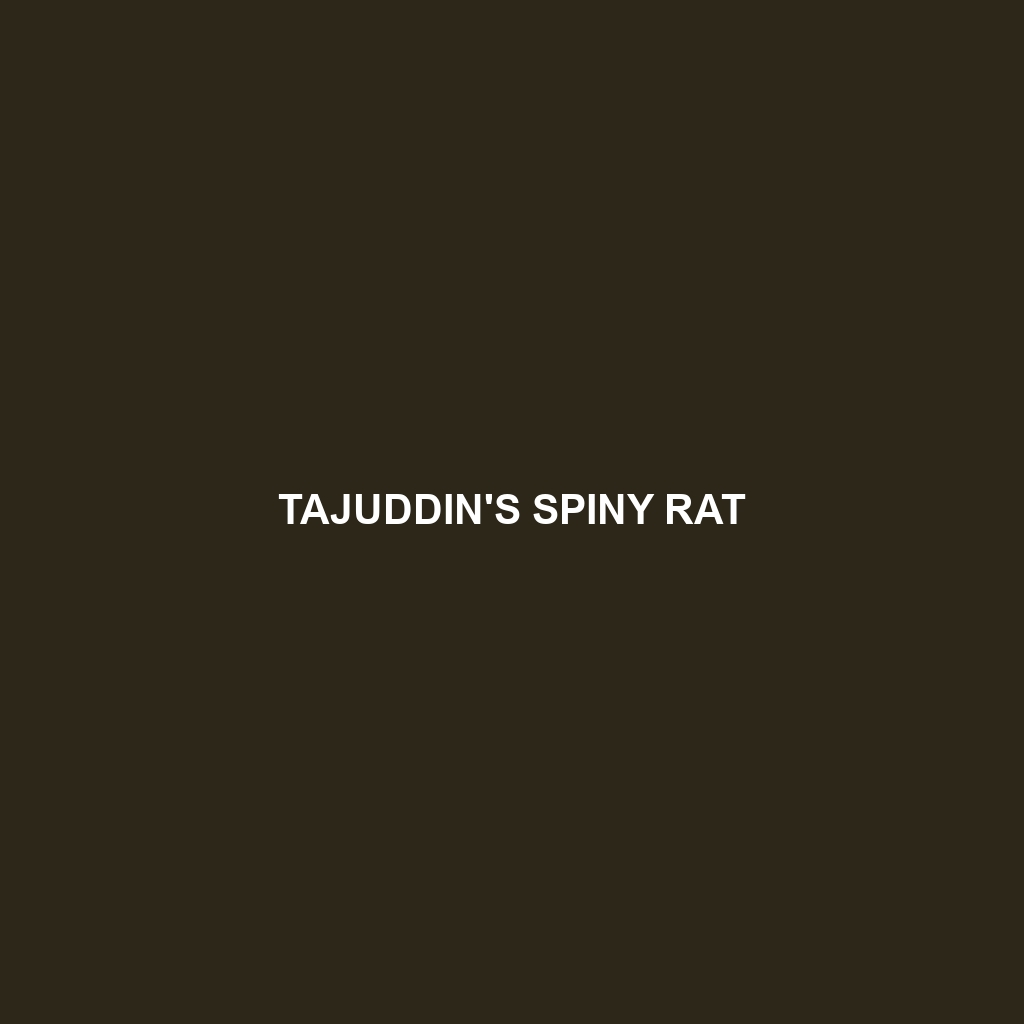Grauer’s Large-headed Shrew
Common Name: Grauer’s Large-headed Shrew
Scientific Name: Scutisorex somereni
Habitat: Grauer’s Large-headed Shrew is primarily found in the lush, tropical rainforests of the eastern Democratic Republic of the Congo. This species prefers humid environments at high elevations, typically inhabiting areas with dense undergrowth and abundant moisture, showing a marked affinity for well-vegetated landscapes that provide cover and a steady food supply.
Physical Characteristics: The Grauer’s Large-headed Shrew is characterized by its notable size, measuring about 12 to 15 centimeters in length, excluding its tail. The shrew features a distinctive large head with a long, pointed snout. Its fur is soft and dense, usually dark brown or gray in color, which helps with camouflage in its forest habitat. The shrew’s small, beady eyes and short legs contribute to its unique appearance among the shrew species, making it easily identifiable for researchers and wildlife enthusiasts alike.
Behavior: This species is predominantly nocturnal, displaying high levels of activity during the night. Grauer’s Large-headed Shrew is highly agile and often engages in complex foraging behaviors, using its keen sense of smell to locate prey. It is also known for its ability to burrow and navigate through dense vegetation, which plays a crucial role in its survival. Socially, it tends to be solitary, except during mating season or when females are raising young.
Diet: The diet of Grauer’s Large-headed Shrew mainly consists of insects, earthworms, and other small invertebrates that thrive within its moist forest environment. This shrew is an opportunistic feeder, often seen consuming a variety of prey available in its habitat, which may include larvae and small crustaceans found in leaf litter.
Reproduction: Grauer’s Large-headed Shrew typically breeds once a year, with the mating season occurring during the wetter months of the year. Females usually give birth to a litter of three to five young after a gestation period of about three weeks. The young are born blind and hairless, relying entirely on maternal care during their early weeks of life before gradually becoming independent.
Conservation Status: Currently, Grauer’s Large-headed Shrew is listed as vulnerable by the IUCN Red List. Habitat destruction due to logging, agricultural expansion, and mining activities poses significant threats to their population stability. Conservation efforts are crucial to protect this rare species and its habitat from further degradation.
Interesting Facts: Grauer’s Large-headed Shrew is known for its remarkable metabolic rate, which is among the highest of small mammals. This adaptation allows it to thrive within its nutrient-rich rainforest ecosystem. Additionally, it is one of the few shrew species that have been observed using its forelimbs to manipulate objects while foraging.
Role in Ecosystem: Grauer’s Large-headed Shrew plays a vital role in its ecosystem by aiding in the control of insect populations and helping to aerate the soil through its burrowing activities. As a key predator of invertebrates, it contributes to the balance of the forest ecosystem and is an integral part of the food web.
